There is not much I remember of those first hazy, severely sleep-deprived first few weeks of parenthood, but I do remember the food. I remember eating lasagna one afternoon that a friend had made and brought over and just crying as I ate it because the act of feeding touched something primal in me. Eating the warmed-up lasagna fed more than just my belly. I remember the meals my grandmother would bring over and the takeout that she would insist on having me order extra of, “for the next few days.”
I don’t know what it is — maybe the last 18+ months have felt a bit like those exhausted, hypervigilant, worn out early days of parenthood — but lately I’ve been devouring (no pun intended) food writing. Perhaps, like comfort food on a rainy day, these help nourish me in some way and are a nice respite from everyday life. Articles, criticism, and yes, even memoirs. The Best American Food Writing 2021 shares bedside table space with Salt Sugar Fat; Taco USA and Delancey have both recently been shelved after reading them. While I love all of it, it’s the memoirs that stick out the most for me. The author doesn’t have to be a world-class chef or even a chef at all — yet if the components of a good food memoir are there, I usually end up liking it. It’s always a bonus if there are recipes sprinkled throughout, too.
But what makes a good food memoir? It’s more than just great food writing.
Breaking Down the Components of a Food Memoir
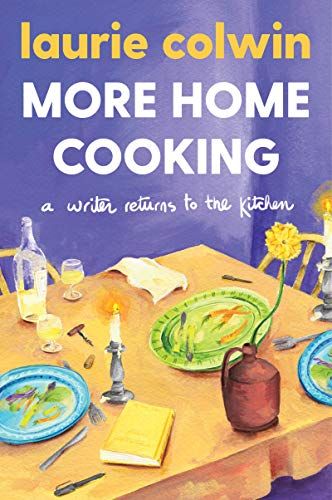
Food can be wrapped up in emotions and memories, and a food memoir is no different. Food memoirs aren’t just about the food itself or just about how much one likes a certain food. They dig in to the emotional aspect of food, cooking, and eating. In Laurie Colwin’s memoir More Home Cooking: A Writer Returns to the Kitchen, she’s not a foodie or a culinary master — she’s a writer who simply loves cooking. But what she does in the book is share personal stories, foibles, and tricks with the reader to show them why she loves it so much. The recipes are tied to emotional or interpersonal events, grounding them in real life. Even as someone who doesn’t love to cook, the book was a joy for me to read because of the emotional context in the writing. Lucy Knisley does this in her graphic memoir Relish: My Life in the Kitchen, as well. She connects her memories of her family with cooking and certain foods, and her own baking experiences that are linked to certain events and times in her life. Food connects us to places, events, and each other, and a good food memoir brings that to the page and evokes these feelings in us as we read it.
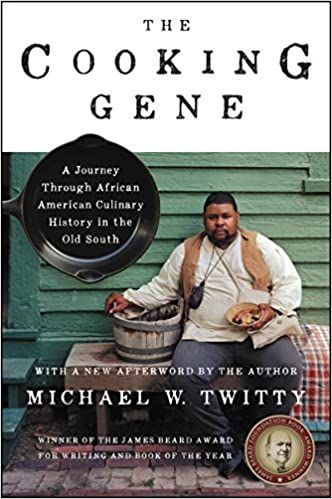
But as interesting (and tasty) as food and cooking are, there has to be something more to a food memoir. Recipes can’t make up the bulk of the text, and reading only about how much someone loves one food and doesn’t care for another gets old, fast. There has to be some conflict, or a bigger storyline that ties it all together. Michael Twitty’s The Cooking Gene not only explores the history of Southern food, but also his ancestry. He brings the reader into his personal life, sharing anecdotes and memories tied to the various intersections of his identity, while also placing them in the larger context of the history of the South, slavery, race, and culinary history. Food writer and restaurant critic Ruth Reichl details lots of publishing gossip and tales of Gourmet magazine — as well as her evolution into a leader — in her memoir Save Me the Plums. Yes, there’s lots of food writing, but it’s only part of the story.
There are also some basic craft and informative details that go into a good food memoir, too. Since I’m not a cook, I appreciate when an author goes into why certain things are done in the kitchen if they’re discussing it, or what they mean when they mention a technique. When a recipe, chef, place, or issue is put into a larger food or societal context, even if it’s as simple as referencing a trend that I may not be familiar with but I can google for more information, that also helps to give more information about the food writing, and I enjoy it that much more. Assuming the reader already knows all of the backstory or references can lose people in the reading.
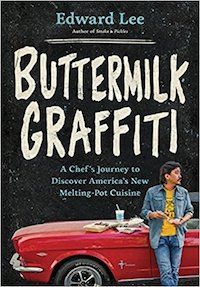
Food connects us, and I think the good food memoirs remind us of this. In Buttermilk Graffiti, chef Edward Lee travels around the country to explore the diversity of American food, and gets to know the people and the stories behind the food they serve. Through talking with them and eating their dishes, he connects with so many different people and then shares recipes that they’ve inspired. Jennifer 8. Lee also does this in The Fortune Cookie Chronicles, through exploring Chinese food and Chinese restaurants, and their place in American culture. Her book is also a really good example of a food memoir also having a larger storyline. The book isn’t just about her own life and memories tied to Chinese food, but also about explorations of various issues within the industry.
A good food memoir will draw you in with the food but keep you reading with good writing, a defined story arc, and some sort of connection with you. What is it that the author wants to share about this, and why should it matter? The answers to those questions can help guide the writing and be the reasons we pick it up in the first place. Balancing food writing with the personal story can be tricky, but when done well, it’s compelling.
What’s your favorite food memoir?
For more books about food, check out this post on contemporary YA reads for food lovers, and this post on sci-fi and fantasy cookbooks.

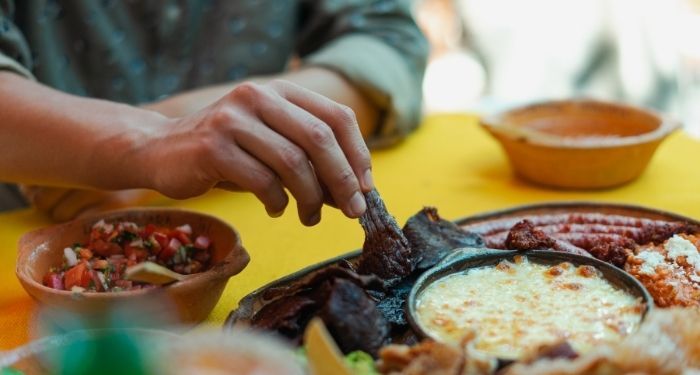
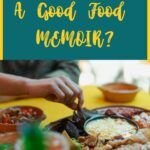
Comments (0)